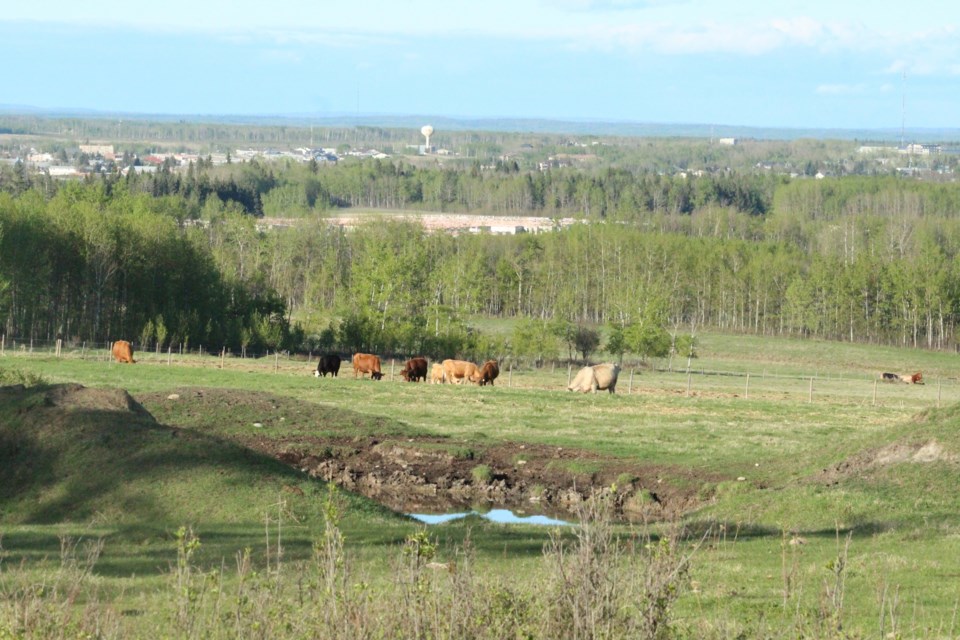ASSINIBOIA - Dry conditions continue to affect crop, hay and pasture growth in the region. Some areas received timely rainfall which have helped with crop development, but the continued dry conditions have caused some crops to prematurely ripen and has impacted yield potential. While recent rain has helped, more is needed to combat the wind and heat.
Most of the crops in the region are rated as fair to good. 82 per cent of fall cereals, 75 per cent of spring cereals, 81 per cent of oilseeds and 82 per cent of pulse crops are rated as being in their normal stage of development.
Rainfall last week ranged from none to 49 mm in the Big Beaver area. The Consul and Leader areas received one mm of rain, the Gravelbourg area eight mm, Cabri area 12 mm, the Limerick and Vanguard areas 14 mm and the Kyle area 30 mm.
Topsoil moisture conditions have deteriorated in the region. Cropland topsoil moisture is rated as 48 per cent adequate, 45 per cent short and seven per cent very short. Hay and pasture land topsoil moisture is rated as 47 per cent adequate, 41 per cent short and 12 per cent very short.
Haying operations are continuing in the region. Hay yields are well below average and many producers stated they have limited or only patchy areas of hay to cut. Livestock producers now have 16 per cent of the hay crop cut and nine per cent is baled or put into silage. Hay quality at this time is rated as 10 per cent excellent, 50 per cent good, 35 per cent fair and five per cent poor.
The majority of crop damage this past week was due to drought, strong winds, grasshoppers and gophers. Producers are busy haying, spraying for grasshoppers and in some areas disease.



